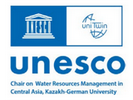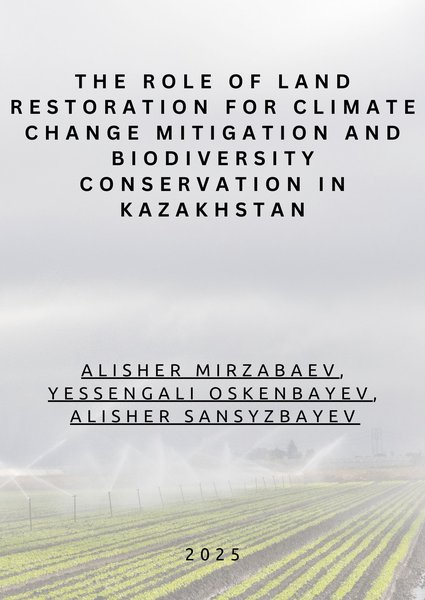




Year: 2025
Collections: Scientific Publications
Topics: Climate, Agriculture
Authors: Alisher Mirzabaev, Yessengali Oskenbayev, Alisher Sansyzbayev
Countries: Kazakhstan
Source: https://cajscr.com
Land restoration in Kazakhstan plays a pivotal role in addressing both climate change mitigation and biodiversity conservation. The country faces significant challenges related to land degradation, including driven by deforestation and shrubland loss, which has substantial economic and environmental impacts. By restoring forests, Kazakhstan can enhance carbon sequestration, particularly in regions such as Eastern Kazakhstan, which has shown notable gains in carbon sinks from land use and land cover changes. Restoration initiatives also align with Kazakhstan’s commitments under the Bonn Challenge, aiming to restore millions of hectares of degraded land by 2030. By analyzing land cover changes from 2001 to 2020, we identified key degradation hotspots and quantified economic losses of approximately 5.6 billion USD, primarily in grasslands and forests. Evaluating three socioeconomic and climatic scenarios—Optimistic, Base, and Pessimistic—revealed that restoration investments ranging from 6.7 to 11.6 billion USD could yield benefit-cost ratios between 1.4 and 4.3, with wetlands and forests restoration emerging as priority areas. These findings highlight the need for an integrated, data-driven approach to align economic viability with environmental sustainability, thereby promoting green growth and enhancing long-term resilience. Land restoration can serve as a cornerstone for achieving Kazakhstan’s environmental goals, fostering synergies between climate mitigation, biodiversity protection, and sustainable development.
Downloads:
Land restoration in Kazakhstan plays a pivotal role in addressing both climate change mitigation and biodiversity conservation. The country faces significant challenges related to land degradation, including driven by deforestation and shrubland loss, which has substantial economic and environmental impacts. By restoring forests, Kazakhstan can enhance carbon sequestration, particularly in regions such as Eastern Kazakhstan, which has shown notable gains in carbon sinks from land use and land cover changes. Restoration initiatives also align with Kazakhstan’s commitments under the Bonn Challenge, aiming to restore millions of hectares of degraded land by 2030. By analyzing land cover changes from 2001 to 2020, we identified key degradation hotspots and quantified economic losses of approximately 5.6 billion USD, primarily in grasslands and forests. Evaluating three socioeconomic and climatic scenarios—Optimistic, Base, and Pessimistic—revealed that restoration investments ranging from 6.7 to 11.6 billion USD could yield benefit-cost ratios between 1.4 and 4.3, with wetlands and forests restoration emerging as priority areas. These findings highlight the need for an integrated, data-driven approach to align economic viability with environmental sustainability, thereby promoting green growth and enhancing long-term resilience. Land restoration can serve as a cornerstone for achieving Kazakhstan’s environmental goals, fostering synergies between climate mitigation, biodiversity protection, and sustainable development.
По всем вопросам сотрудничества обращайтесь по эл.адресу или телефону: